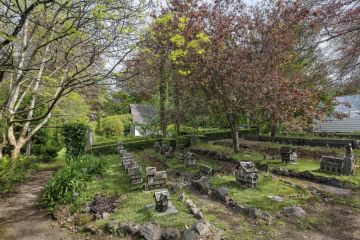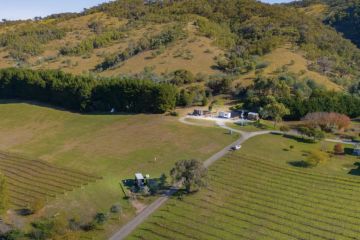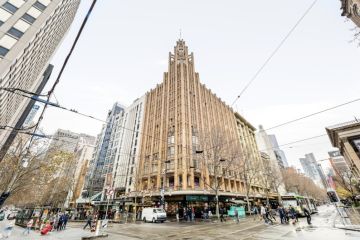Protect your property from natural disasters

Natural disasters may be rare, but they are a historical certainty. If your home means more to you than mere land value, you may want to consider taking out insurance cover to protect your assets against any unforseen catastrophic events.
Flood cover
The 2010–2011 Queensland flood disaster brought the issue of the importance of flood cover to a head. A number of insurers were thrown into the media spotlight to explain why their home policies excluded certain types of flood protection, while a government task force was established to address this issue and leverage available funding for damage repairs.
What became clear during this time was that those who needed flood cover couldn’t afford to take out the extra insurance, while many who thought they had sufficient flood cover in fact did not.
Many insurers now offer flood cover as an add-on to the policy, as an opt-out provision or as the result of an amendment to the definition of flood cover within the policy itself. If you’re considering flood cover, think about the ancillary consequences of flooding, such as overflowing river walls, water from the sea, water from your swimming pool, water from the sky and water from overflowing streets and gutters.
Bushfires
The 2009 Black Saturday bushfires in Victoria highlighted the importance of cover for fire catastrophes. In Australia, bushfires are common occurrences, particularly around the Christmas holidays, so it’s worth considering insurance, especially if you live near the scrub.
Read the fine print
When buying insurance to cover natural disasters, such as storms, floods, fires and cyclones, be sure to carefully read the product disclosure statement relating to the type of cover you want. You can often find this on the internet, or your insurer can post or email a copy to you upon request.
Not all policies are the same, so it may be a point of difference for you if one insurer excludes outside damage (such as plants, crops and garden beds), for example, while another insurer includes it.
Still unsure whether you need disaster cover?
If you’ve weighed the risks but are still unsure about whether you need cover, you can always get a copy of your council’s local planning certificate, which addresses the issues of flood, fire and other risks and advises as to whether you’re located in a risk area.
Or you could simply take out insurance cover anyway: sometimes it’s better to be safe than sorry.
We recommend
States
Capital Cities
Capital Cities - Rentals
Popular Areas
Allhomes
More






